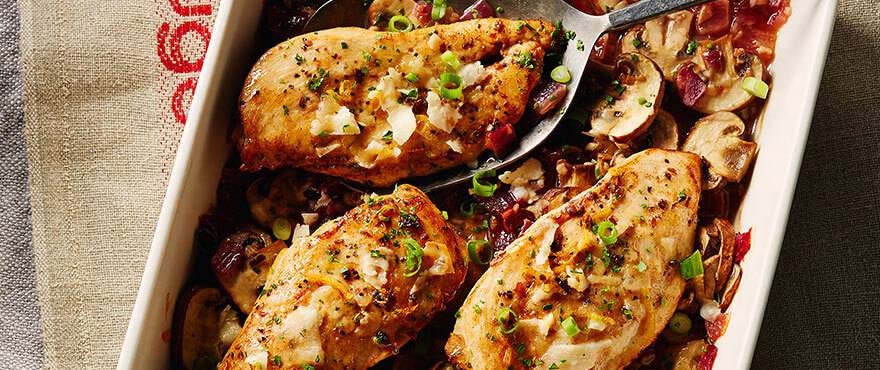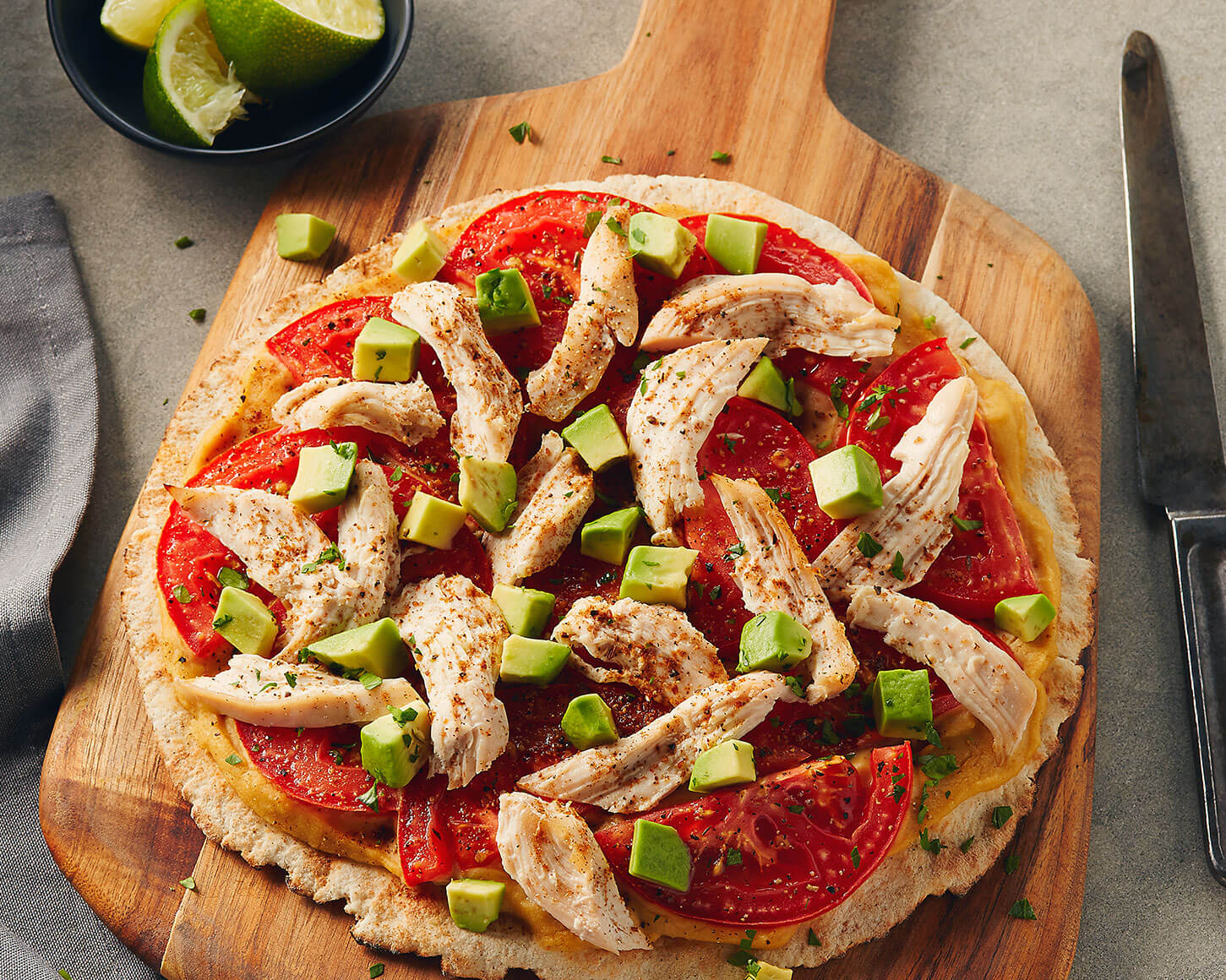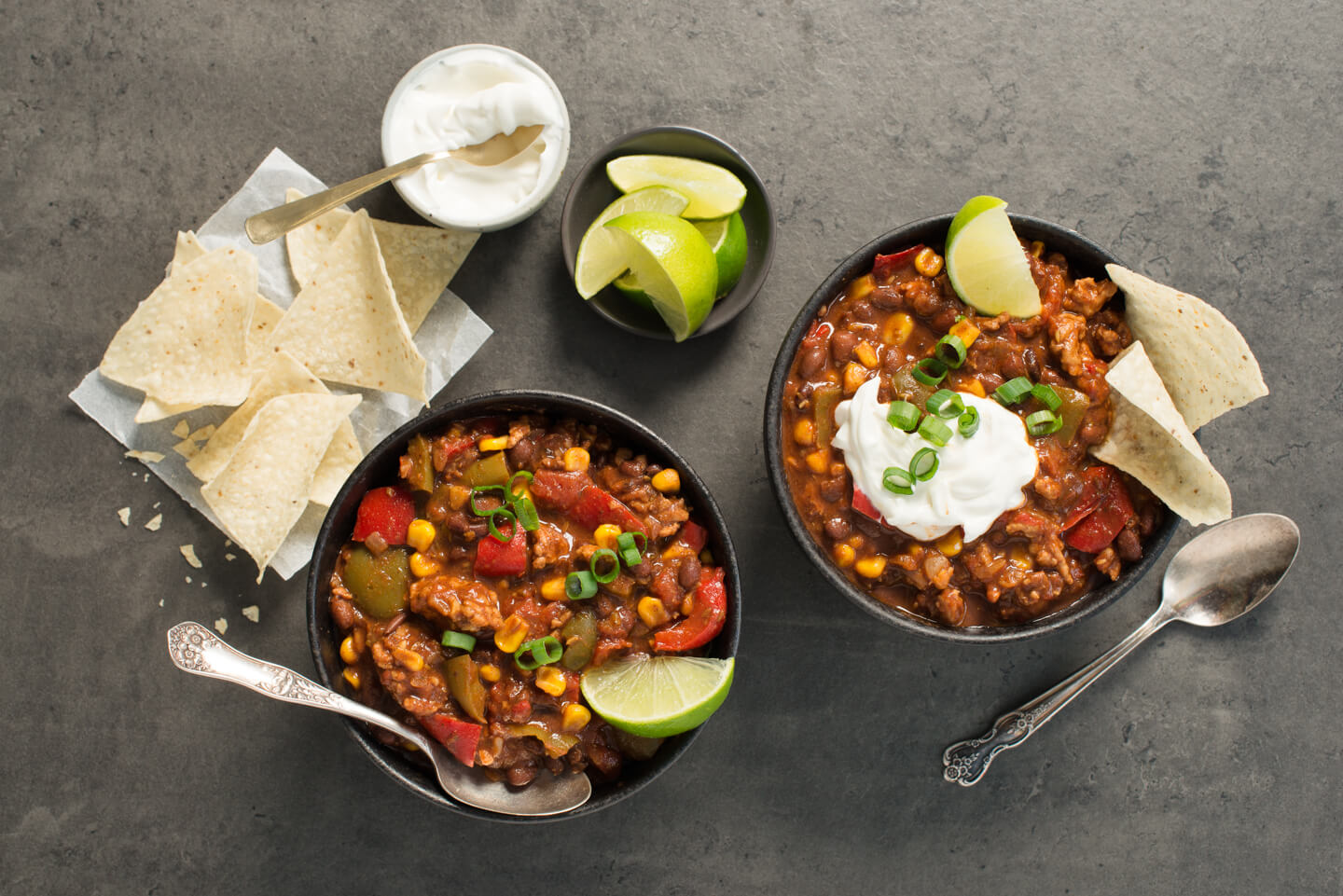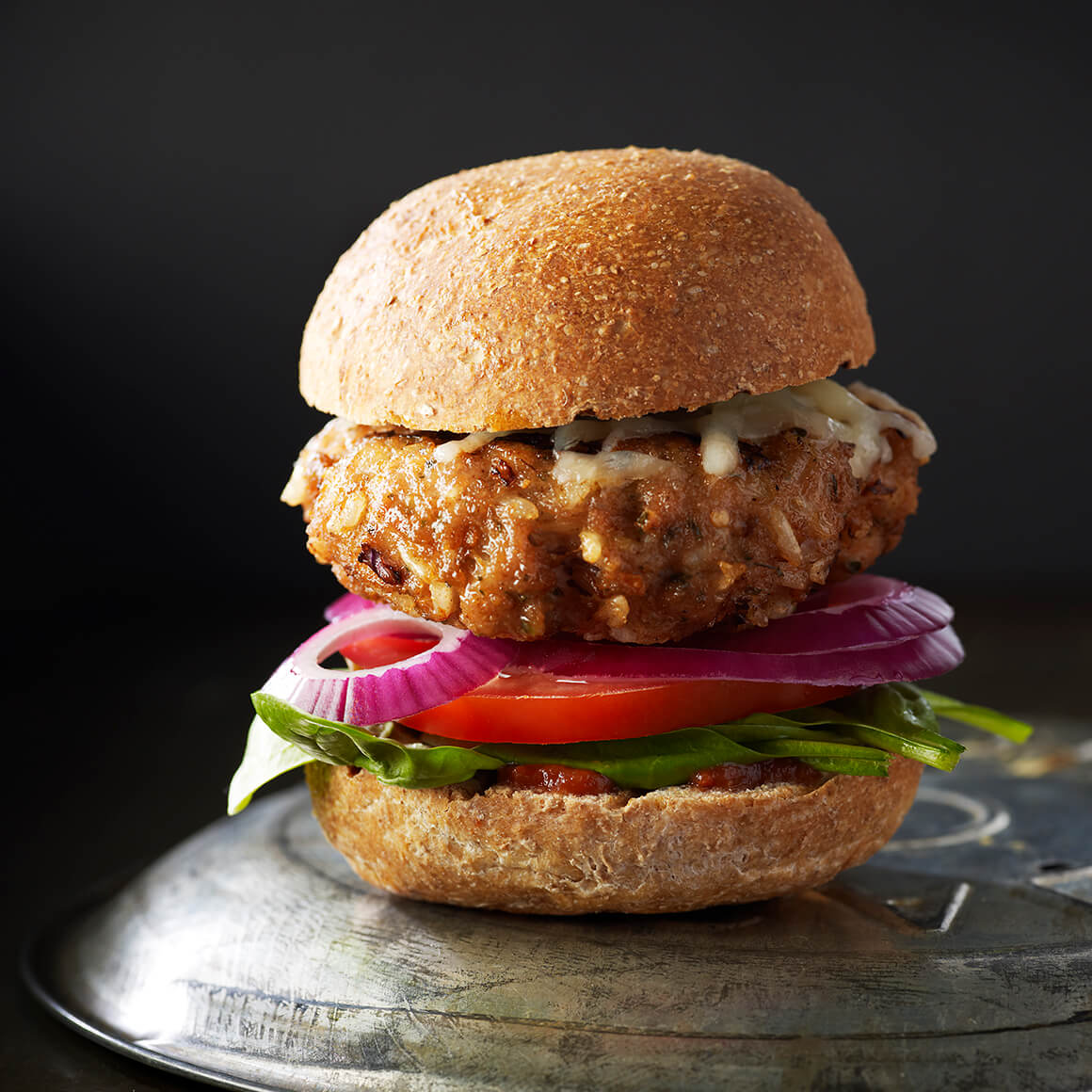
Higher Protein Diets for Weight Management
The traditional approach to weight loss and weight management was a focus on calories; the idea that it’s a simple equation of calories in and calories out. The problem with this approach is that it reduces energy balance, a tightly regulated process involving hormones, neurotransmitters and more, to a simple balancing act. While calories are still important, not all calories are created equal. Calories are digested and metabolized differently depending on the food, as well as the way that food is processed; 200 calories from a protein-rich food like chicken or eggs or from a fibre-rich food like broccoli is very different than the same number of calories from candy. Where calories come from and the quality of those calories matter; protein has a couple of clear advantages.
One of the most important influences on successful weight loss and weight management is the sensation of satiety. Of all the macronutrients, protein, fat and carbohydrate, protein is the most satisfying. Studies have shown that a controlled energy diet that is moderately higher in protein compared to current protein recommendations is an effective and practical weight-loss strategy that is easy to follow.
The current recommendation for protein is 0.8 g/kg of body weight per day. For a 73 kg person, that works out to 58 g of protein per day from all sources. Newer research suggests that 1.2 g/kg of body weight or more is better. This works out to about 88 g of protein which can easily be met by including a variety of protein rich foods throughout the day. One 114 g, or 4 oz, serving of chicken – about the size of a computer mouse – will provide 28 g of protein or about one-third of this new, higher protein-intake goal.
Study subjects who eat more protein at each meal and throughout the day tend to eat fewer calories overall, thereby helping them to lower their energy intake over the long run. Specifically, protein does this by positively influencing both the short-term (the time immediately following a meal) and long-term (the longer duration of time between meals) hormones that regulate appetite.
In free-living settings, the reality is that people tend not to over-stuff themselves with protein. Like bulky whole fruit, 100% whole grains and non-starchy vegetables, protein-rich foods such as chicken, beef, and pork tend to be self-limiting because of their satiety-promoting properties. Eating more foods like these may help people to control the amount of calories they eat with minimal effort versus meticulously counting calories.
Another advantage of protein is that it’s one of the most influential variables when it comes to regulating your metabolic rate as well. Again, several studies indicate that eating protein in amounts higher than what is currently recommended is optimal for weight loss and weight management. A higher intake of protein helps to rev your metabolic rate. This is referred to as the thermic effect of food or the amount of energy used by the body just to digest food itself. It’s estimated that it takes 5 to 10 times more energy to digest protein than it does fat or carbohydrate making it unlikely protein will get stored as body fat.
Protein, when coupled with resistance exercise, also helps to maintain muscle mass as you lose body fat. Muscle loss is typically seen in traditional weight loss approaches when calories are simply cut. Even when weight training is added on, muscle isn’t retained as well as it is when more protein is eaten. Maintaining muscle is the key to long-term weight management since the metabolic rate is determined by the amount of muscle a person has. Think of muscle as the furnace and protein as one of the fuels that keeps it burning hot.
Protein can also help with weight loss and weight management when calories are modestly reduced by being a source of energy. While not a primary source of energy like carbohydrate and fat are, the body can, and does, use protein and by contributing to the total energy equation. When protein is eaten, along with fats and carbohydrate, it helps to supply a steady state of fuel to the body. Because protein is a complex structure, it takes the body longer to break it down, and, as a result, helps to provide a much slower and longer-lasting source of energy.
By including protein-rich foods at every meal and snack, you’ll ensure there’s enough for muscle repair and growth, as well as, providing a source of energy. Here is a selection of great chicken recipes that are high in protein:
Most people could stand to eat more protein than they currently do. By including a good portion of protein-rich foods along with some whole grains, vegetables and/or whole fruit you’ll be providing your body with the vitamins and minerals needed for a healthy, fat-burning metabolism while taking advantage of protein’s lasting sense of satiety.


